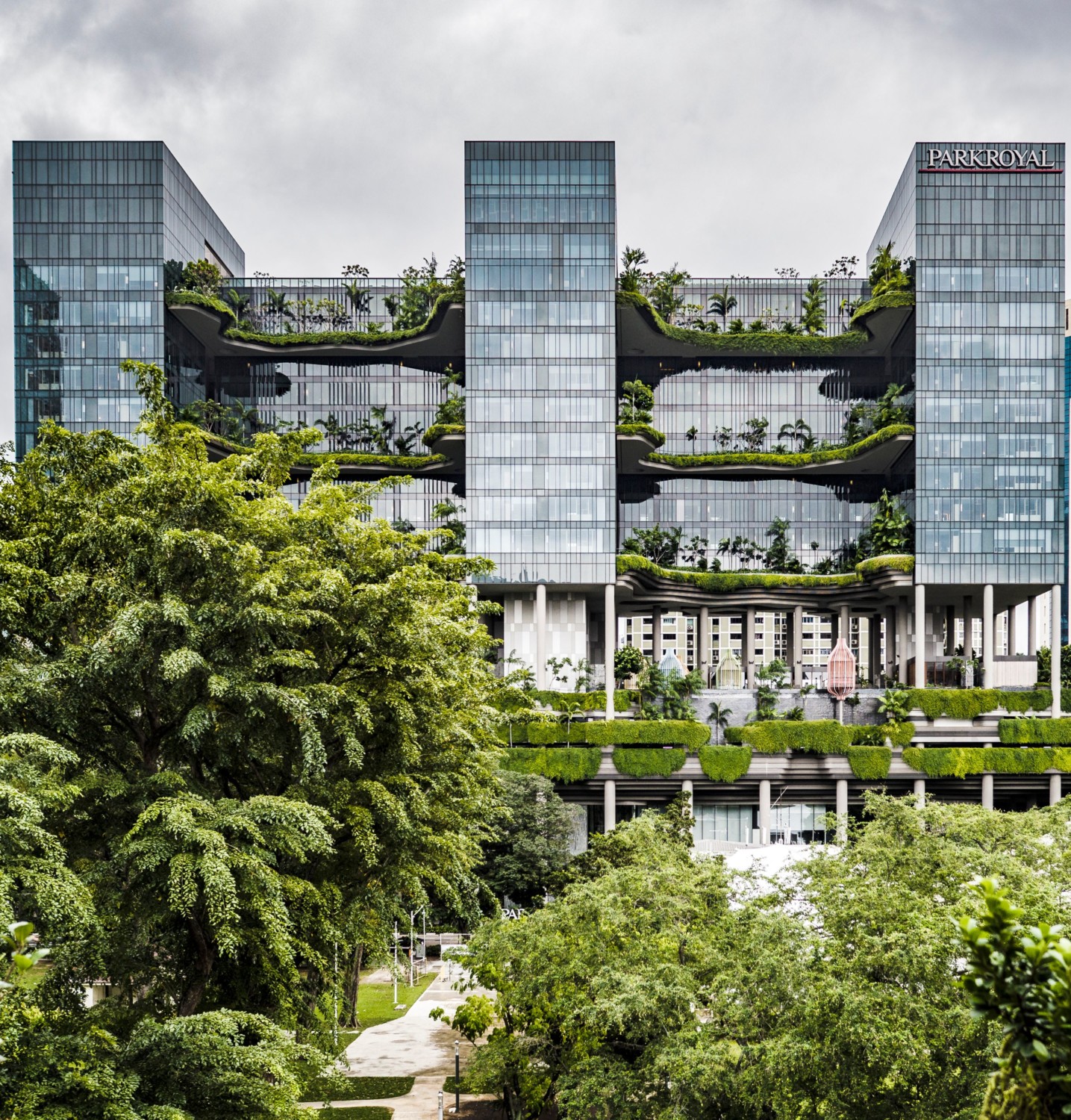

The concept “Passivhaus” (German for “PassiveHouse”) emerged in Germany in the late 1980s. Passivhaus is currently one of the most complete and demanding standards. To obtain a Passivhaus certification, a series of specific energy parameters must be met. Only buildings that meet the following criteria are eligible for certification: energy demand for heating and cooling of up to
15 kWh/m 2 per year; primary energy demand (basic energy) of up to 120 kWh/m 2 per year and, in terms of airtightness inside the facility, a maximum to 0.6 air changes per hour at 50 pascals pressure. This way, both the owner and the environment benefit, making the most of the available resources.
Savings of 90% are possible thanks to the low energy demand required by these buildings. It should be noted that 1 sqm would need 1.5 m3 of heat it throughout the year, while a traditional home would need about 5 m3.
When it comes to heating, the Passivhaus consumes 7 times less. Reducing the energy demand is clearly essential, but how that energy is obtained and, therefore, its cost, is equally important. Depending on the energy used (gas, diesel, air, sun, etc.), the economic savings may vary greatly.
These savings are not only beneficial in the long-term (savings in utilities, such as heating, cooling, electricity, etc.) but also economical in the short-term or at the time of construction.
The 5 Basic Pillars for Buildings Under Passivhaus Standards are:
1. Thermal Insulation
Achieving the most efficient thermal insulation possible to prevent high or low outdoor temperatures from entering.
2. Airtight building envelope
The airtightness of the building envelope is the most important part of this type of structure. It consists of controlling the air currents and contributes to the proper functioning of the mechanical ventilation.
3. Absence of thermal bridges
Thermal bridges are the channels where heat and cold can be lost, adversely affecting energy efficiency. Energy can be transferred through general elements, such as walls or roofs, as well as corners, edges, connections, etc.
4. High-performance windows and frames
Logically, these gaps are a common weakness in these types of structures. Therefore, both the carpentry work and the glass chosen must be high-performance. Double or triple-glazed windows filled with inert gas are used.
5. Mechanical ventilation
Heat that is generated inside the building is repurposed to heat the clean air that enters from the outside; therefore, the temperature remains unchanged. This circuit helps to purify the air that is breathed inside, expelling the stale air.
